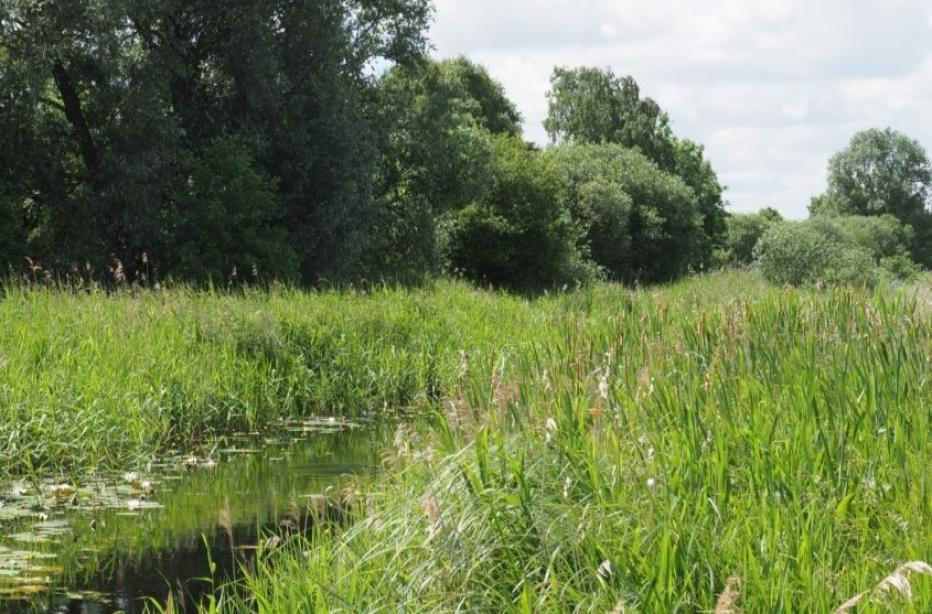
As our appreciation of future uncertainty and the vulnerability of infrastructure and communities grows, adaptive planning is now routinely considered as an alternative to more traditional approaches in flood and coastal risk management, water resource planning and other areas, especially where long-term flexibility is important.
The development and application of adaptation pathways is a useful tool to help design and communicate an adaptive plan to cope with uncertainties, although the process can become complex for larger sites with many interacting systems and future options. Adaptation pathways provide a mechanism to systematically link potential long-term change, the conditions triggering an impact, and the range of potential responses, into a coherent sequence of actions.
We are currently implementing major adaptation pathway pilot studies for the Environment Agency across three important national projects for flood risk management in the U.K.
The Oxford to Cambridge Arc is a strategically significant region for economic growth, supporting over two million jobs and contributing over £110 billion ($150bn) to the economy every year. The region is home to one of the fastest growing economies in England with up to one million new homes and major infrastructure development planned over the next 30 years.
Our project marries adaptation with optimization at a regional scale for most effective timing and level of investment in flood resilience. Much of the innovation is in the extensive automation necessary to explore huge numbers of possible future investment scenarios, with over 10,000 model runs required to represent different “futures” and time horizons across multiple catchments.
The Humber 2100+ project is developing a strategy to manage tidal flood risk around the Humber estuary in North East England into the next century. An internationally important natural asset for people and wildlife, there are over half a million people, tens of thousands of businesses, and critical road, rail, shipping and pipeline infrastructure within the Humber Strategy study area as well as thousands of hectares of land. This project also plans to protect the Humber Estuary as a hub for marine renewables.
The adaptation pilot is exploring how we can communicate the often-complex concepts of adaptation pathway planning to decision makers. Building on an adaptive planning platform we developed in New Zealand, we will be using an innovative online tool that can be used to explore the concepts, process, data, decisions and possible outputs of an adaptive plan.
The River Severn Partnership is seeking to drive a regional growth zone using water management and innovation in integrated environmental delivery as an enabler to unlock new opportunities for growth, shape communities and enhance natural assets. Our pilot project is looking at how adaptation can be embedded in the governance of delivering a broad plan for growth. In this scheme, we are seeking to apply the adaptive pathway approach to multi-sector development. By broadening the scope in this way, the harnessing of effective flood risk and water management could open up other infrastructure development opportunities at a strategic regional scale.
In addition to our work with the Environment Agency, we help water companies embed adaptive planning principles and the use of adaptation pathways into water resources planning and optimization. While internationally, we are working with a range of clients to develop pathways to guide flooding, coastal and infrastructure planning and investment.
The need for adaptation pathways planning is set to grow in the U.K. and globally over the coming years as we tackle the challenges of climate change, urbanization and demographic changes, and we are well placed to advise and deliver on this for our clients.
“Adaptive planning recognizes the inherent uncertainty in planning for the future. This approach helps decision-makers make sustainable and cost-effective decisions now, with the ability to adapt to change in the future. Our teams at Jacobs are at the leading edge of developing and implementing this approach with the Environment Agency in multiple settings. Through this work, we can help protect more homes from flooding while unlocking the economic potential of regions.”












































